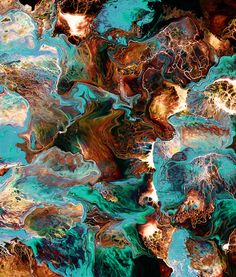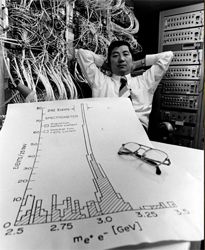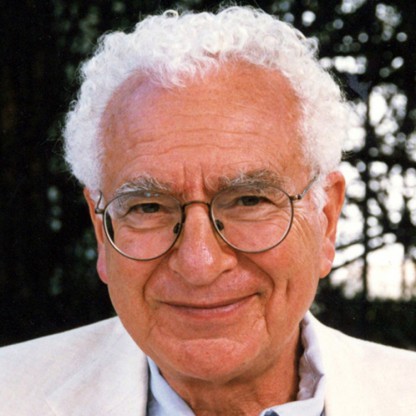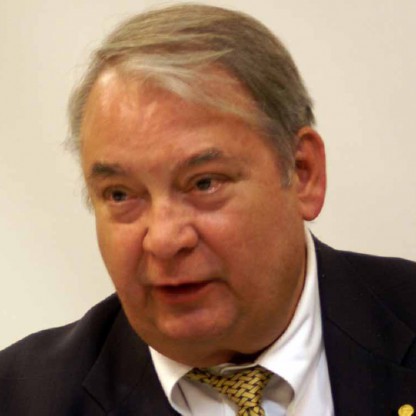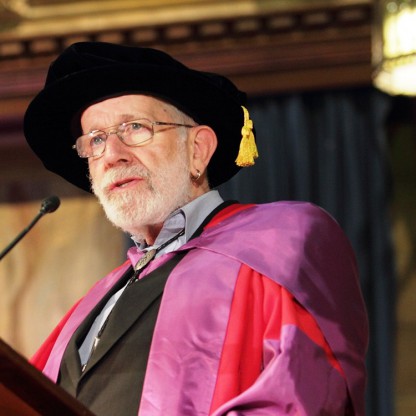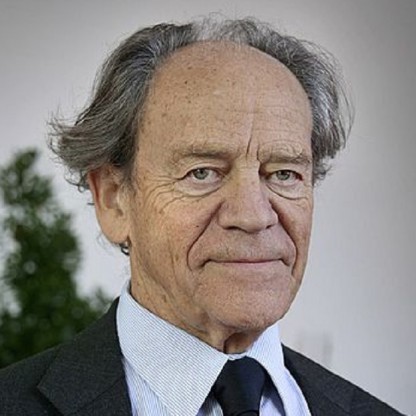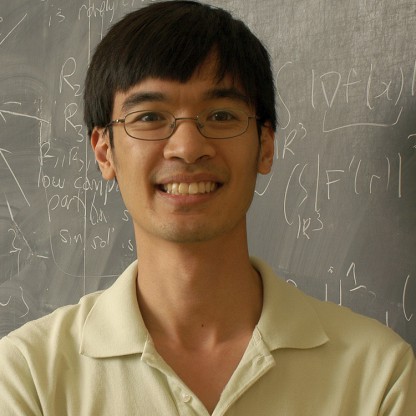In 1956, Ting was invited to attend the University of Michigan. There, he studied engineering, mathematics, and physics. In 1959, he was awarded BAs in both mathematics and physics, and in 1962, he earned a doctorate in physics. In 1963, he worked at the European Organization for Nuclear Research (CERN). From 1965, he taught at Columbia University and worked at the Deutsches Elektronen-Synchrotron (DESY) in Germany. Since 1969, Ting has been a professor at the Massachusetts Institute of Technology (MIT). Ting is a member of the United States National Academy of Sciences, an academician of the Chinese Academy of Sciences, and a foreign academician of Academia Sinica.




